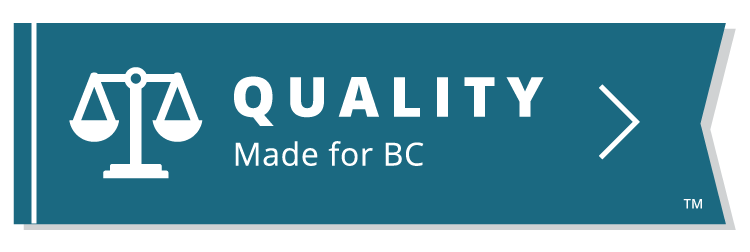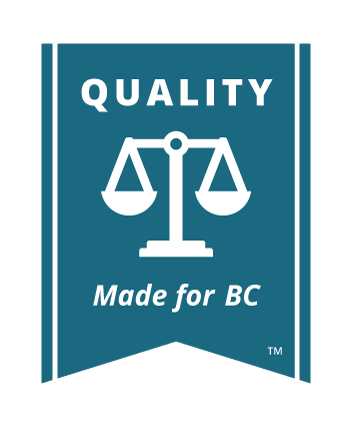Requisition Basics
A requisition is a document (Form 17) that asks the Court registry to do something or asks a judge to make a particular order. For example, you can use a Form 17 requisition to ask the registry to search the Court file for a response from the defendant. You might do this if you want proof that the defendant has not filed a response to your notice of civil claim. This allows you to proceed to take default judgment against the defendant. Often you can get what you ask for in your requisition without having to appear before a judge or master at all. Requisitions are useful and necessary to keep claims moving.

Find the Form
Form 17 Requisition
You may need to support a requisition with an affidavit. Whether this is necessary depends on what you are asking the Court to do. For example, if you are filing a requisition asking the Court to waive the requirement that you pay filing fees (seeking “No Fee” status), you must also file an affidavit. For more information on preparing your affidavit, see Affidavits.
When to Use a Requisition
Examples of when to use a requisition:
- When you want to take default judgment against a defendant who has not filed a response to your notice of civil claim. You can file a requisition with the Court registry and the staff will endorse it with a note that no response has been filed (Rule 3-8(2))
- When you want to prove that you served a document by ordinary service. You file a requisition and attach a written acknowledgment of receipt signed by the person on whom the document was served (Rule 4-6(1))
- When you want to request an amendment to a case plan order. You file a requisition, along with a letter directed to the registry, identifying the judge or master who made the order and setting out the requested amendment and reason for the request (Rule 5-4(1))
- If an applicant does not set an application for hearing within a reasonable time after you have asked the applicant to do so, or the petitioner does not set the petition for hearing within a reasonable time. You can apply with a requisition for directions from the Court (Rule 8-1(22) and Rule 16-1(17))
- When you want to bring an urgent application to court, without notice to the other party. You do so with a requisition (Rule 8-5(2))
- If you and the other party disagree on an important point of law contained in the pleadings.You can ask the Court to give a ruling on that point of law and your application to court is made by requisition (Rule 9-4(1))
- If the Court has made an order for committal of a debtor. A creditor can file a requisition requesting the debtor’s discharge (Rule 13-3(25))
- If you want to apply to the Court for no fee status (e.g. that you cannot afford the cost of the court proceeding, previously called “indigent status”) You must file a requisition, a draft of the proposed order, proof that you receive financial benefits under certain statutes, and an affidavit in Form 80 (Rule 20-5(3))
- If you need to ask the registrar to do something. You can do so by completing and filing a requisition (Rule 23-1(9)
How to Fill in a Requisition
Make sure you are using the right form. Requisitions must be in Form 17.
Start by filling in the “Style of Proceeding” (also called the “Style of Cause”). This is the information on the first page of all documents filed in Court that sets out the file number, registry location, and party names. You can copy this off another document filed in your proceeding.
Steps in filling out the requisition:
- Where the field says “Filed by:” you must indicate who it is making the requisition. If you are the plaintiff, you would put for example “the Plaintiff, Jane Smith”
- Then state clearly what you would like the Court or Registry to do
- Finally, list any affidavit that you are relying on to support the requisition

Find the Form
Form 17 Requisition







 JusticeEducation.ca
JusticeEducation.ca JusticeEd
JusticeEd /JusticeEducation
/JusticeEducation